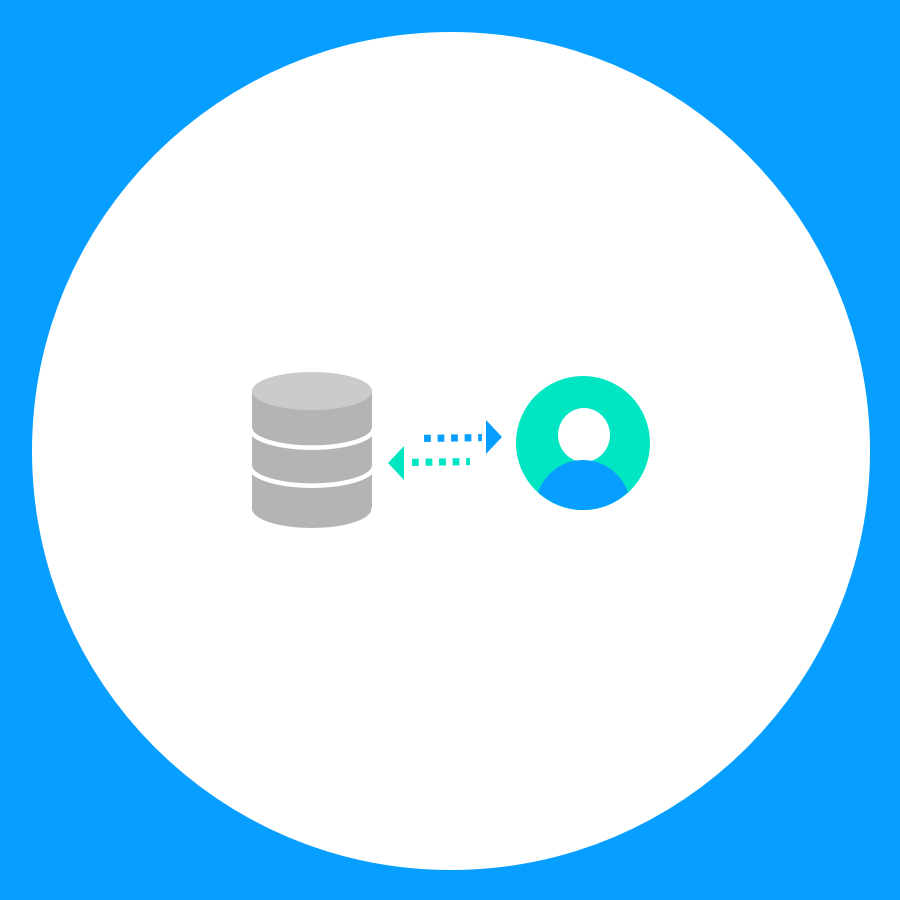The role of the data lake
To extract business critical information, data need to be organized and processed. But many of the data lakes in today’s banks are siloed, disorganized and difficult to use. In other words, they aren’t optimized to mine the information needed to access signals and their related data. Organizations have to re-examine their data lakes to see if they are robust enough for cross domain/department usage. They have to integrate data, curate it and generate signals so that minimal transformation is required by data scientists, analysts, engineers and other data users. Data lake teams should also look to continuously enhance data lakes with new sources and infuse real-time data—both requirements for using this information to optimize the customer experience. Ultimately, all available data within the organization need to be linked and curated in order to paint a comprehensive picture of the customer.
From data to signals to insights
Being able to recognize and capture signals from vast stores of data is a critical capability for digitally-minded organizations. However, it’s important to go a step further and transform signals into insights that can add tangible value to your customer by promoting products to the most receptive customers, which in turn increases purchase rates and drives revenue.
Learn more about how to compile and clean up your data so you can transform signals into insights in our next piece around anticipatory banking.
Sources:
1. Network World. IDC: Expect 175 zettabytes of data worldwide by 2025.













